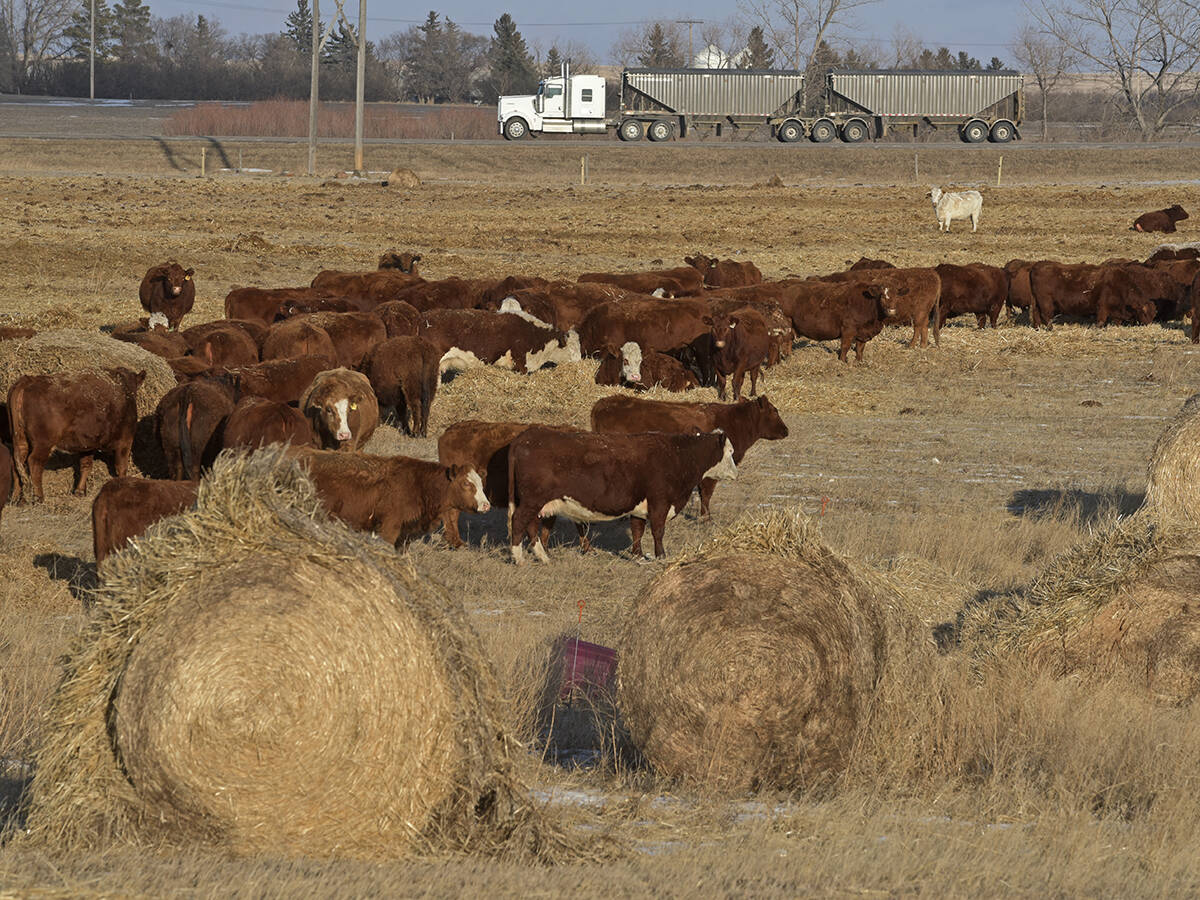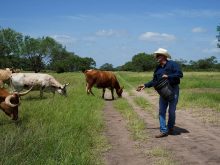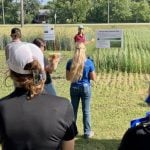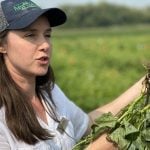RED DEER, Alta. – Last summer chemical residues were detected in southern Alberta rainfall.
Traces of 2,4-D, dicamba and bromoxynil were detected in eight test sites in the Lethbridge area that included a golf course, three urban backyards and farm sites.
The chemicals were found in varying levels in rainfall samples collected between May 30 and Aug. 17, said environmental chemist Bernie Hill of Agriculture Canada.
Hill told a recent agri-future conference held in Red Deer that the sampling was part of a broader project tracking residues in other water sources. The tracking program has been ongoing since 1991.
Read Also

Canadian Cattle Association hopeful of agreement with Alberta group
The Canadian Cattle Association is optimistic the two parties will work through the issues ABP identified and resolve them before the July 1, 2026, withdrawal date.
Among the chemicals, 2,4-D was detected most frequently with bromoxynil and dicamba usually present.
“We may be ignoring a big source of herbicide residues,” he said.
Herbicides get into the air via application drift, evaporation from plant and soil surfaces or erosion dust.
Researchers have applied for another grant to study this for two years because they don’t know if it is a problem specific to southern Alberta with its windy, dusty climate and if it might cause increased health problems like asthma.
Scientists know herbicides get caught up in the water cycle and recirculate in surface and ground water – the water that fills the cracks and pores in the rocks and sediment below the soil surface. Residues are routinely found and no one is sure what the long-term effects are since chemicals have only been used for about 50 years.
Herbicides are measured in parts per billion.
“Although a part per billion is very small, agro-chemicals, especially the newer ones, are active at these low levels,” said Hill.
“With the sensitivity of today’s analytical equipment, if you are spraying it, we’ll find it.”
Chemicals such as 2,4-D, diclofop (Hoegrass) and dicamba leach into ground water.
Newer chemicals are sprayed at lower rates so they don’t leach as much. Application rates determine how much seeps into the soil. For example, many new formulations are applied at the rate of 100 grams per hectare (40 g per acre). Hill said 100 grams is the same as crushing a small apple and spreading it over two football fields.
Leaching occurs when chemicals seep through micropores and macropores of the soil. Macropores are openings like old root channels, insect tunnels or cracks that may reach down half a metre. The water pours down quickly and drags the chemicals with it.
Leaching can also be affected by the amount of organic matter in the soil. In the Lethbridge area where organic matter makes up about two percent of the soil, leaching is a greater problem compared to the Lacombe area, where soil is about nine percent organic matter.
The levels of residue are compared against Canadian drinking water guidelines, which are set at the “no effect” level.
The guidelines allow 100 ppb of 2,4-D in the water. Aquatic guidelines allow 10 ppb. They are 10-100 times lower than drinking water because microorganisms can be more affected.
Europe recently adopted stricter policies on allowable residues. It permits 0.1 ppb, which means some countries may lose up to one third of their registered chemicals because they can’t ensure such low levels.
“We have some of the most liberal water quality guidelines in the world. As we go toward harmonization of standards, I think there’s going to be a lot of pressure on Canada to reduce their guidelines,” Hill said.















